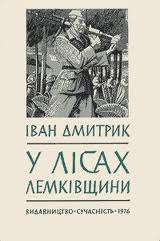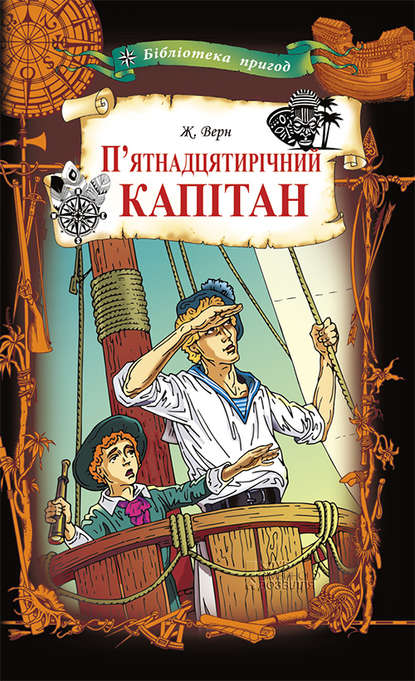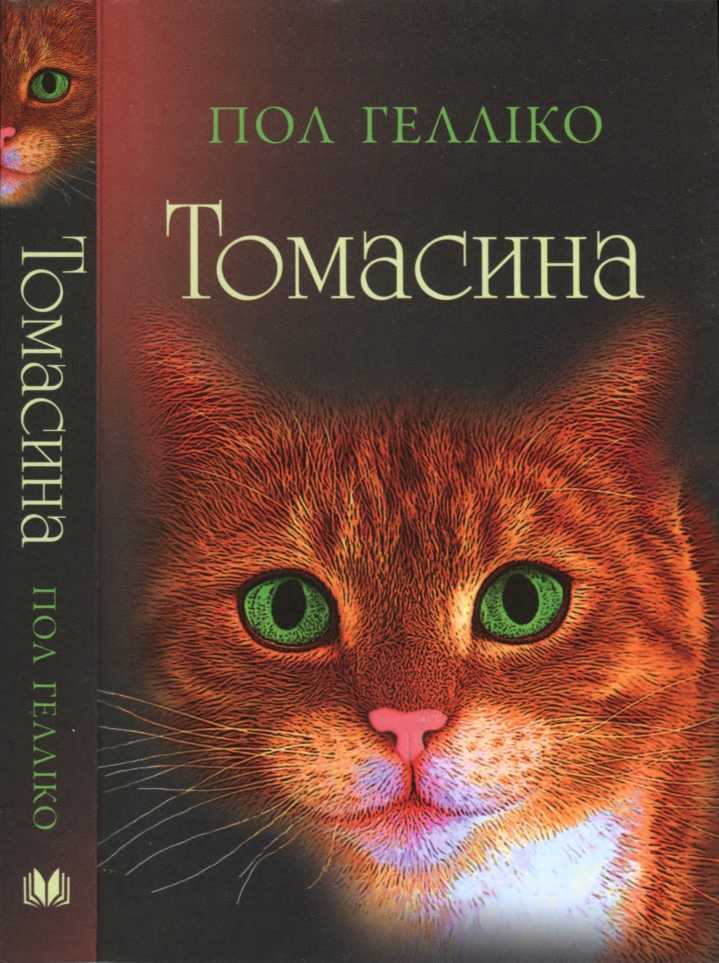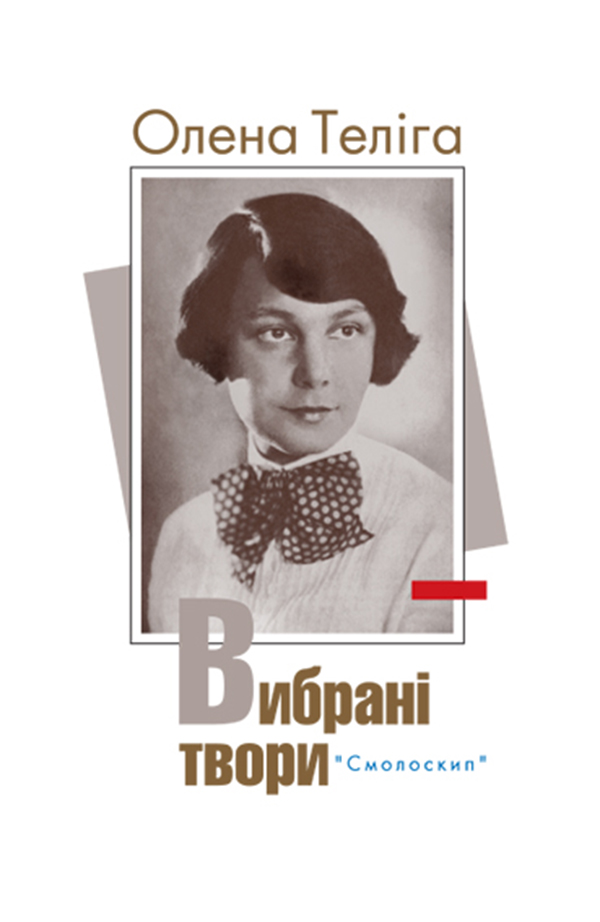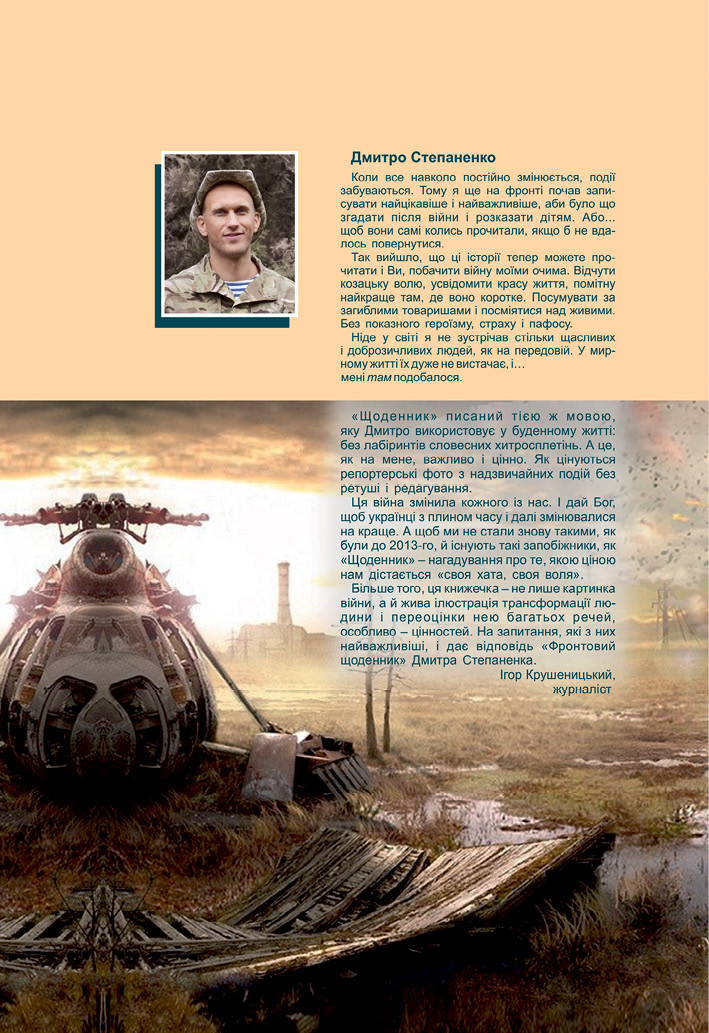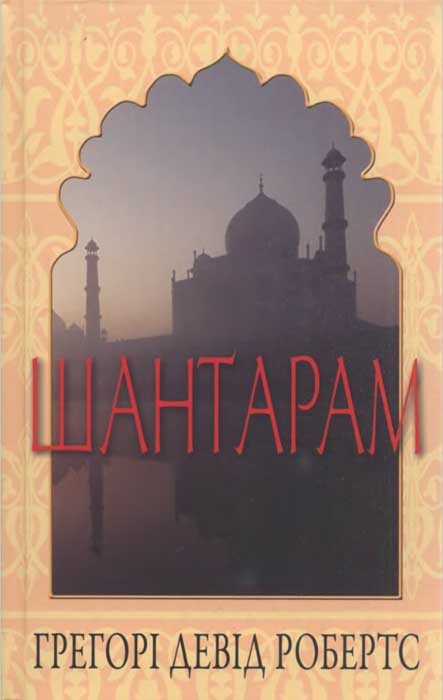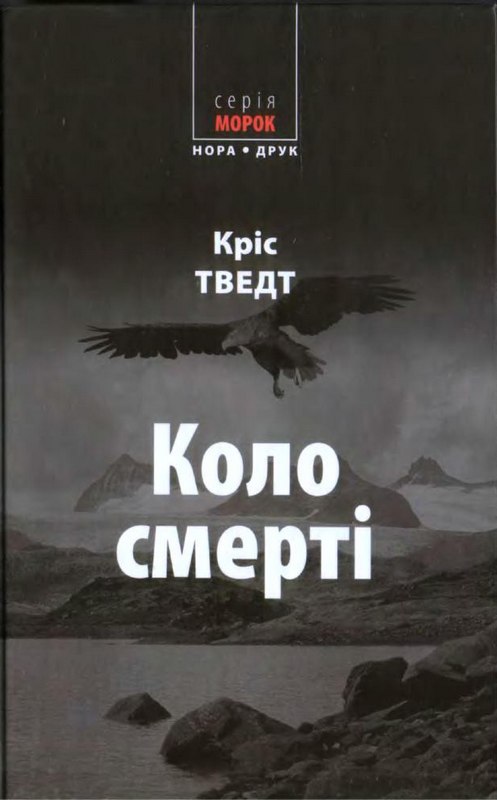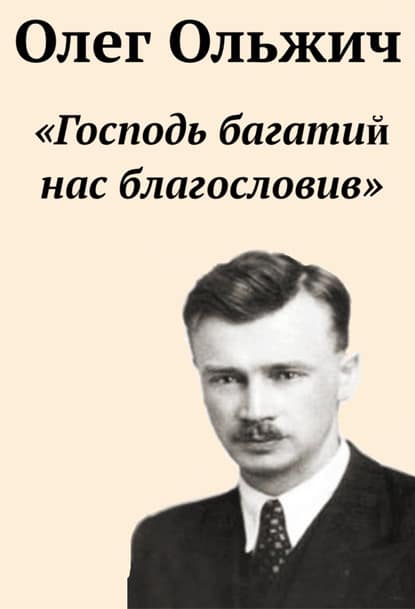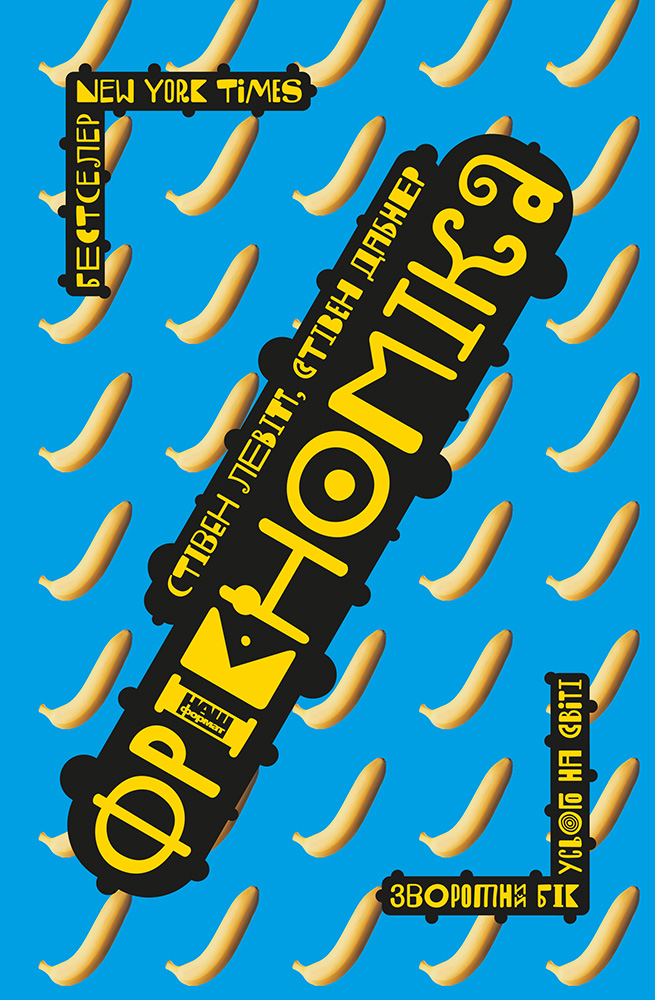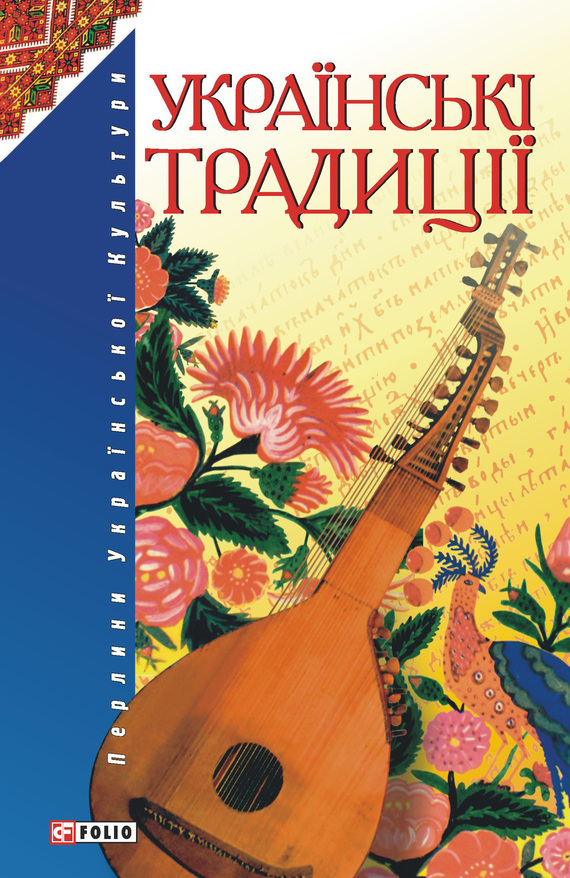Читати книгу - "Genghis Khan and the Making of the Modern World"
Шрифт:
Інтервал:
Добавити в закладку:
Despite his theological interrogation of Rubruck, Mongke’s interest in him was primarily diplomatic and commercial, not religious. Under Mongke, the entire energy of the state and the Golden Family was redirected toward the original enterprises that Genghis Khan had left unfinished—the conquest of the Sung dynasty and the Arab states of the Middle East. To get the empire back on track, Mongke ordered a series of censuses to record the number of people and animals as well as the orchards and farms and other assets of the empire. Local officials forwarded the information to Karakorum in great registers that supplied Mongke with a detailed demographic and economic portrait of his massive realm. He used this information to plan his policies, organize taxes, and recruit soldiers and laborers. His centralized control of information gave him heightened power over local areas and provided him with more oversight of local officials.
To renew the war campaigns, Mongke needed to stabilize the economy, control government spending, and confront the massive debts accumulated by Guyuk and other administrators over the prior decade. In his short and disastrous reign, Guyuk had purchased vast amounts of goods and paid for them with paper drafts on the promise that the paper could be converted into gold or silver by the merchant when needed. With Guyuk dead, many local officials and advisers no longer wanted to pay off these bills issued by the late khan. Mongke, however, astutely recognized that if he did not meet the financial obligations of Guyuk, it would make merchants and other foreigners reluctant to continue business with the Mongols. Mongke Khan’s decision to pay those debts prompted Juvaini to ask, “And from what book of history has it been read or heard . . . that a king paid the debt of another king?”
In a commercial world not yet accustomed to dealing with paper currency, Mongke grasped the importance of sustaining faith and purity in the monetary system. Genghis Khan had authorized the use of paper money backed by precious metals and silk shortly before his death in 1227. The practice grew erratically in the coming years, but by the time of Mongke Khan’s reign, it became necessary to limit the paper money supply in ways that it was not necessary to do with gold and silver coins. Mongke recognized the dangers incurred by earlier administrations that issued paper money and debt on an ad hoc basis, and in 1253 he created a Department of Monetary Affairs to control and standardize the issuance of paper money. The superintendent of the agency centralized control to prevent the overissue of paper money and the erosion of its value through inflation.
The Mongols allowed each nation under its control to continue minting coins in the denominations and weight they had traditionally used, but they established a universal measure based on the sukhe, a silver ingot divided into five hundred parts, to which each of the local currencies was tied. This standardization of varied currencies relative to the sukhe eased problems in accounting and currency exchange for both merchants and government administrators. Thus, standardization of currency allowed Mongke Khan to monetize taxes, rather then accepting payment in local goods. In turn, the monetization allowed for standardized budgeting procedures for his imperial administration, since instead of accepting taxes in goods, the Mongols increasingly accepted them in money. Rather than relying on government officials to collect and reallocate tribute of grain, arrows, silk, fur, oil, and other commodities, the government increasingly moved money rather than goods. For the first time, a standardized unit of account could be used from China to Persia. So long as the Mongols maintained control of money, they could let merchants assume responsibility for the movement of goods without any loss of government power.
In Karakorum in the spring of 1253, with the finances of the empire on solid footing, Mongke summoned his siblings and close family to a small khuriltai to plan their new policies and undertakings. Now that they exercised firm control over the core of the Mongol Empire, what should they do with it? The families of two of Genghis Khan’s sons, Ogodei and Chaghatai, had been crushed and deprived of most of their holdings. The third branch, the descendants of Jochi, with whom Sorkhokhtani had made her effective alliance, had been in effect granted their independence to rule over Russia and the European territories as they saw fit. Mongke Khan was ready to resume the expansion of the Mongol Empire, but he sought to do so in a way that primarily benefited himself and his brothers rather than the many cousins, the other grandchildren of Genghis Khan.
Despite his fondness for European contraptions and design, Mongke showed no interest in launching another campaign in that direction. He returned to the dual campaigns of Genghis Khan against the Sung dynasty of South China and the Muslim civilization of the Arabs and Persians. Mongke assigned Hulegu, the brother with the best military training, to take the Army of the Right with the plan to attack the Arab cities of Baghdad, Damascus, and Cairo. Mongke assigned Khubilai, who despite his lack of military experience had a deep knowledge of Chinese culture, to lead the Army of the Left to conquer the Sung dynasty. As Great Khan, Mongke remained at the center in Mongolia, while Arik Boke, their youngest brother and therefore the Prince of the Hearth for their family, stayed behind to assist him in managing the empire. In May 1253, Hulegu and Khubilai headed off
!Увага!
Сайт зберігає кукі вашого браузера. Ви зможете в будь-який момент зробити закладку та продовжити читання книги «Genghis Khan and the Making of the Modern World», після закриття браузера.
